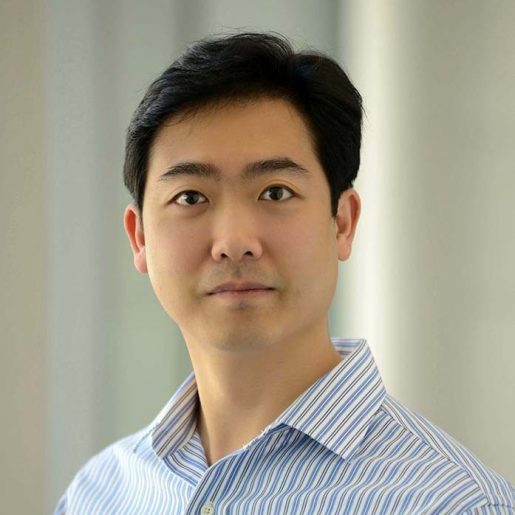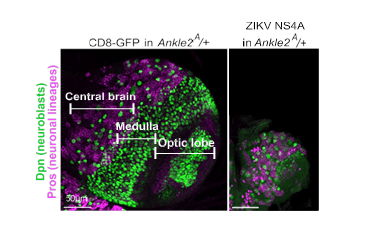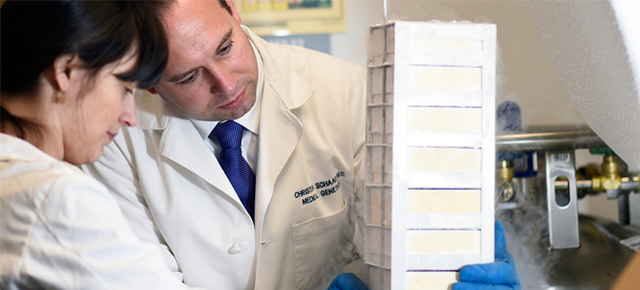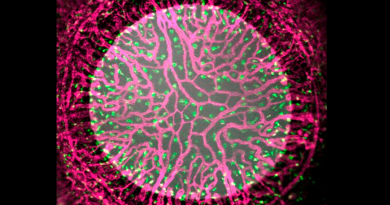Chromatin stress: ‘What doesn’t kill you, makes you stronger’
An unsuspected form of stress has surprised researchers with the unforeseen consequence of extending life. In his lab at Baylor College of Medicine, Dr. Weiwei Dang and his colleagues at Baylor and Houston Methodist Research Institute have discovered that chromatin architectural defects pose stress that, in the right measure, can benefit cells.

Chromatin has a beads-on-a-string structure with double stranded DNA wrapped around histones. Changes on this structure can affect how genes are activated or silenced. Image courtesy of the National Institute on Drug Abuse.
“Chromatin stress refers to disruptions in the way DNA is packed within the nucleus of the cell,” said Wang, assistant professor of molecular and human genetics and the Huffington Center on Aging and member of the Dan L Duncan Comprehensive Cancer Center at Baylor. “One of the factors that influences chromatin structure is proteins called histones.”

In the nucleus of cells, DNA wraps itself around histone proteins forming a ‘beads-on-a-string’ structure called chromatin. Other proteins bind along chromatin and the structure folds further into more complicated configurations. Everything involving DNA would have to deal with this chromatin structure, Dang explained.
For example, when a particular gene is expressed, certain enzymes interact with the chromatin structure to negotiate access to the gene and translate it into proteins. When chromatin stress happens, disruption of the chromatin structure can lead to unwanted changes in gene expression, such as expression of genes when they are not supposed to or lack of gene expression when it should occur.
In this study, Dang and his colleagues worked in the lab with the yeast Saccharomyces cerevisiae to investigate how the dosage of histone genes would affect longevity.
Less is more
The researchers expected that yeast genetically engineered to carry fewer copies of certain histone genes than normal or control yeast would have chromatin changes that would result in the yeast living less than controls.
“Unexpectedly, we found that yeast with fewer copies of histone genes lived longer than the controls,” said first author Ruofan Yu, research assistant in molecular and human genetics in the Dang lab.

Yeast with a moderately low dose of histone genes showed a moderate reduction of histone gene expression and significant chromatin stress. Their response to chromatin disruption was changes in the activation of a number of genes that eventually promoted longevity.
In previous work Dang and colleagues had shown that in aging cells chromatin structure progressively falls apart. Histone alterations, such as a decrease in their protein levels, are a characteristic of the aging process, but the researchers showed that if they compensated for this age-related decrease in histone levels by overexpressing certain histone genes they extended the lifespan of aging yeast cells. In this study they discovered that moderately reducing the number of copies of histone genes in young yeast also promoted longevity.
“We have identified a previously unrecognized and unexpected form of stress that triggers a response that benefits the organism,” Yu said. “The mechanism underlying the chromatin stress response generated by moderate reduction of histone dosage is different from the one triggered by histone overexpression we had previously described, as shown by their different profiles of protein expression responses.”
Dang, Yu and their colleagues found that chromatin stress also occurs in other organisms such as the laboratory worm C. elegans, the fruit fly and mouse embryonic stem cells, and in yeast and C. elegans the chromatin stress response promotes longevity.
Our findings suggest that the chromatin stress response may also be present in other organisms. If present in humans, it would offer new possibilities to intervene in the aging process,” Dang said.
Would you like to read all the details of this study? Go to the journal Science Advances.
Other contributors of this work include Luyang Sun and Yu Sun at Baylor College of Medicine, and Xin Han and Lidong Qin at Houston Methodist Research Institute.
Funding for this study was provided by the National Institutes of Health (grants R00AG037646, R01AG052507), CPRIT (award R1306) and a BCM Cullen Scholarship.



